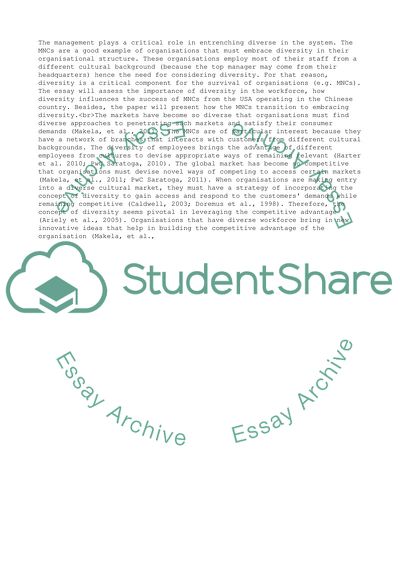Cite this document
(Cross cultural management in international business Essay, n.d.)
Cross cultural management in international business Essay. https://studentshare.org/business/1870299-cross-cultural-management-in-international-business
Cross cultural management in international business Essay. https://studentshare.org/business/1870299-cross-cultural-management-in-international-business
(Cross Cultural Management in International Business Essay)
Cross Cultural Management in International Business Essay. https://studentshare.org/business/1870299-cross-cultural-management-in-international-business.
Cross Cultural Management in International Business Essay. https://studentshare.org/business/1870299-cross-cultural-management-in-international-business.
“Cross Cultural Management in International Business Essay”. https://studentshare.org/business/1870299-cross-cultural-management-in-international-business.


